Rhymes with Bike: Reflections from a Queer Jew
The hora, a traditional Jewish circle dance, requires a community to join together. The arms of old and young swing up and down as the congregation dances, tracing one another’s footsteps. Those who chose not to participate in the growing circle accompany the dance with chanting and beats of clapping.
Eventually, the circle grows too large. Prompted by people twisting and bending to accommodate the number of joined hands, someone who is brave and armed with a couple of friends goes to the middle to start a rotation of their own. Running antiparallel to each other, these two groups create a kaleidoscope of kippahs and brightly stained dresses. The inner group keeps replacing itself, until the open space in the middle only provides enough room for two or three pairs of moving feet. Briefly becoming a unified energy, dancers meet in that space and leave, deferring the attention back to the empty center. That first initiator of the new middle, unsynchronized and often hesitant, is always met with community. They never have to dance alone.
Judaism exists in the same sort of continuous rotation as the hora. Those with intersecting identities may find refuge in increasingly smaller communities that are filled with others who understand their specific experience. Jews create new circles, carving out space in the undefined middle when they feel too confined in the outer one.
As a queer Jew, I have found myself quite close to the center. I started with my hands held by my wider Jewish community, grasped in tradition and conformity. Watching my peers, I learned the choreography and practiced how to be acceptable. However, as I found my queer identity, I was no longer a perfect fit. Those who refused to make space in the circle for me dropped my hands. I was continuously pushed out, forced to watch my community move successfully, unburdened by the questions provoked by my presence.
Preserved pleasantly in my bat mitzvah slideshow, my first year of Jewish summer camp was great. I was catapulted into a community that taught me I had a home, so long as I remained easy to accommodate. When Covid canceled camp the following summer, our bunk group chat cried through long paragraphs and video calls. That next summer — the summer after my seventh grade — was a finally fulfilled promise. All those friends I made and cherished would be side by side, rather than confined to a Zoom screen.
But, of course, I had outgrown the shape of the camp’s mold. During the previous year’s isolation, I had let the edges of my identity expand, becoming thick and out of place. That summer I showed up as a non-binary kid with pink hair and high hopes, unaware that my hand was about to be dropped.
After the first Shabbat, it was evident that the camp would refuse to willingly accommodate differences. When I was introduced to the big room that Friday night services would take place in, I had no idea where to sit. A mechitza — the divider used to separate men from women during traditional Orthodox prayer — stared back at me, offering a physical manifestation of the social confinements and expectations that hassle me as a non-binary person. I sat on the women’s side, as this was easy enough and wouldn’t cause any sort of fuss. I didn’t want to make any sort of fuss.
Later in the bunk, I softly presented the idea of a bench in the back of the prayer space for people who, like me, had no place to sit. My counselor supported the idea, offering to help the process the next morning. The morning came and, surrounded by the sounds of rain on the synagogue roof, a few people moved a bench to the back of the room. Before a siddur could be opened, a counselor instructed the kids on the bench that the rabbi would not lead services if we were sitting there. Essentially, he refused to pray in a congregation that offered a seat to every member. The outside grass had turned to mud under the rain and the genderqueer kids of the camp were led through it, removed from the prayer space entirely, leaving the rabbi with a congregation unblemished by our deviance.
That was only the beginning of a summer streaked with pain and institutionalized transphobia and homophobia. I was a thirteen-year-old arguing with an entire administration, begging for a place to sit. Though this camp was just a small fraction of Jewish attitude, I felt completely ostracized by Judaism as a whole. I was an anomaly in the mechitza, and I was terrified that I was an anomaly in Judaism.
On the last Shabbat of the summer—a weekend where everyone was planning their next summer and dreading the ride home, torn apart from their friends—I felt completely sure that this would be my last time in this Jewish space. I couldn’t stand the last Saturday morning prayer. Looking between the sides of the mechitza, both inaccessible, I felt exhausted and furious. I walked up to the divider and, silently, took a seat in the middle of the two worlds. The surrounding queer kids and adults began to join me, recognizing that, together, we could make a place to sit. After a few rounds of singing, we were brought a bench. I knew a change was going to be made the following summer, and I knew I would not return to see it.
That summer is no longer a unique anecdote in my Jewish queer experience. Mortifyingly, I always find myself talking to a counselor, teacher, administrator about some incident of homophobia. I sit in a cafeteria, classroom, office and explain that, really, I am not upset, only exhausted. I have fought to leave the dance of this cycle.
In trying to reclaim my access to Judaism, I have explored inner circles of Jewish communities like Keshet that are defined by identities I had feared were contradictory. I found people with stories that both resemble mine and are entirely different.
Connected by a visceral understanding of one another, queer Jews are able to widen each other’s understanding of Judaism. Even if our extended communities will not grasp our hands, queer Jews join together, surrounded by the dizzying circles of our history, and we dance.
Carving out sacred and inclusive spaces opened a new vocabulary for me. These spaces have taught me how to define my Jewish practice in the terms of my existence. When I’m leaving one ring of a hora, I must connect the hands of the two people on either side of me. The goal is not to entirely separate from unaccepting communities, but to widen them and make them more inclusive. We must mend the rifts created together, ensuring that a queer space is not the only place that queer Jews can find refuge. For me, the decision to leave that summer camp was not a hard one. But for some people, that camp is their home. Communities are weakened when their members are forced to leave out of fear. The message sent to both those who leave and those who stay is a blaring one: you must behave, comply, and conform to belong here.
When joining an ongoing circle dance, I must break the link of arms to add my own. Though, for a moment, the circle is incomplete, it is this act of expansion that elevates the dancing. As hands meet and depart, we dance towards an inclusive Jewish community built on joy.
This piece was written as part of JWA’s Rising Voices Fellowship.

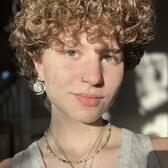


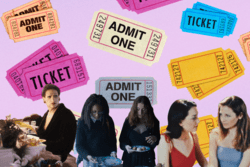
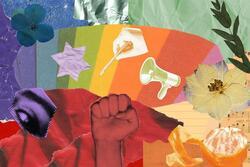
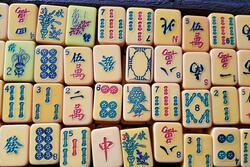
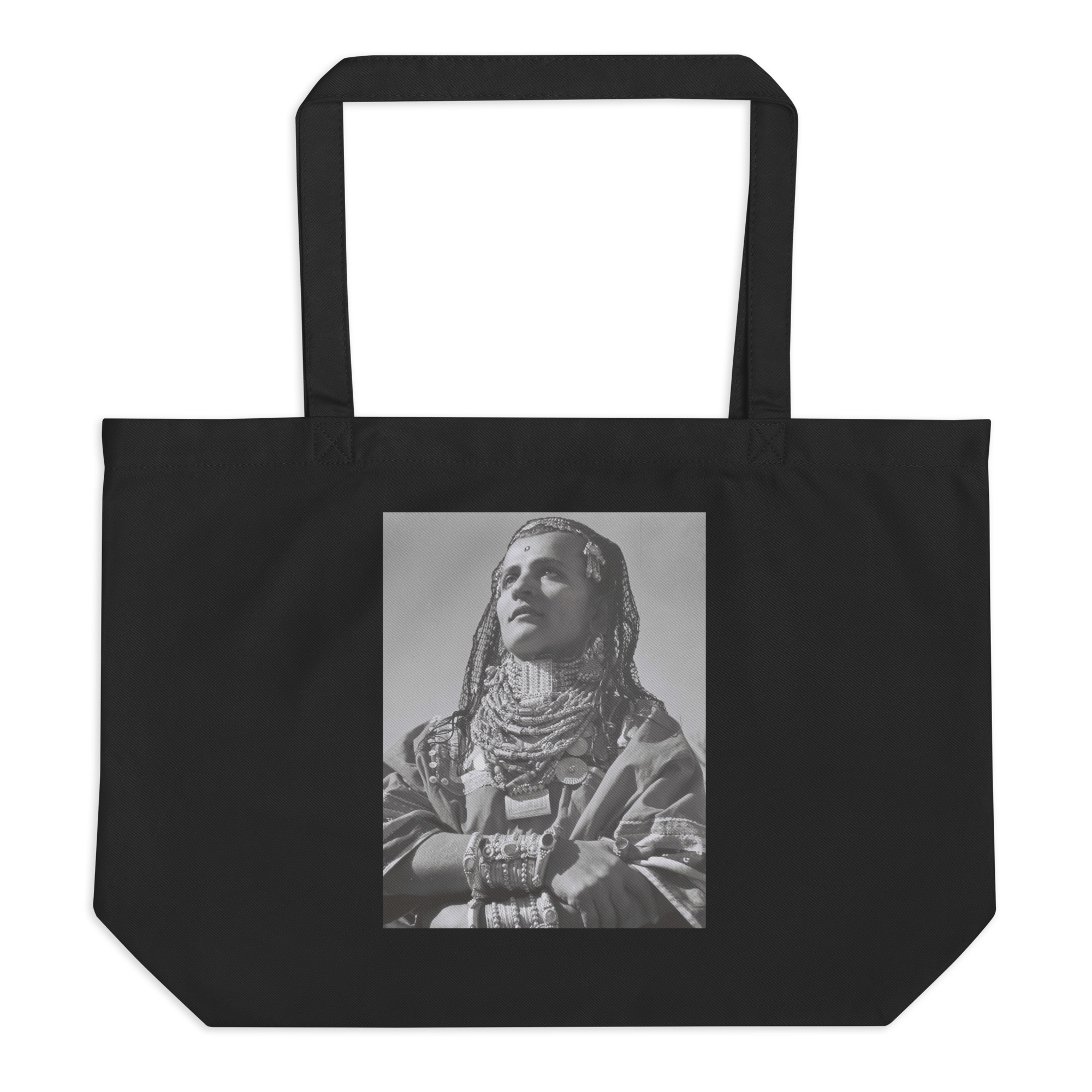
Liana! LIANA!!! I literally had chills the ENTIRE time I was reading your beautifully written, painful yet strong, exquisitely poignant, honest piece of your life. Your voice will be heard, needs to be heard,and you will change our world. No wonder Sofia can’t say enough about you!!!
Liana, you’re genuinely one of the coolest people I’ve met. Getting to know you through keshet has been an incredible experience, and reading this has been so so cool!!!